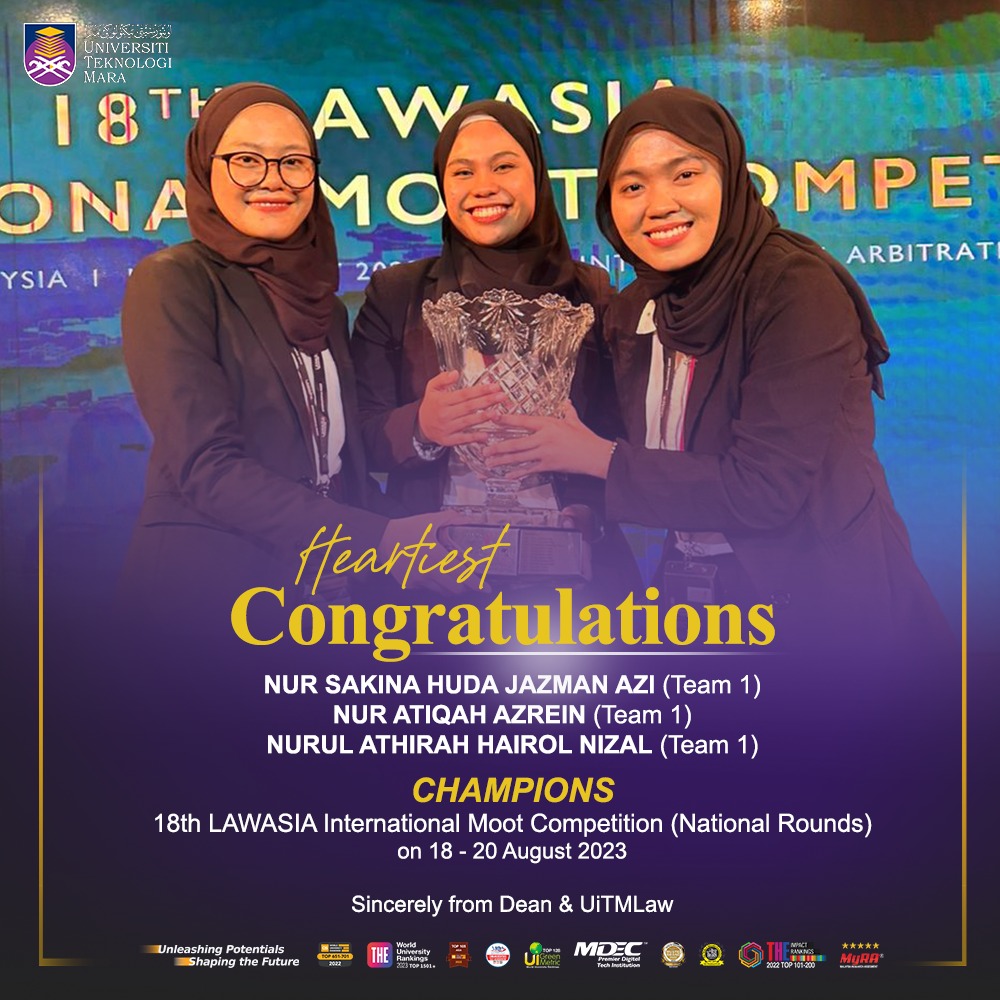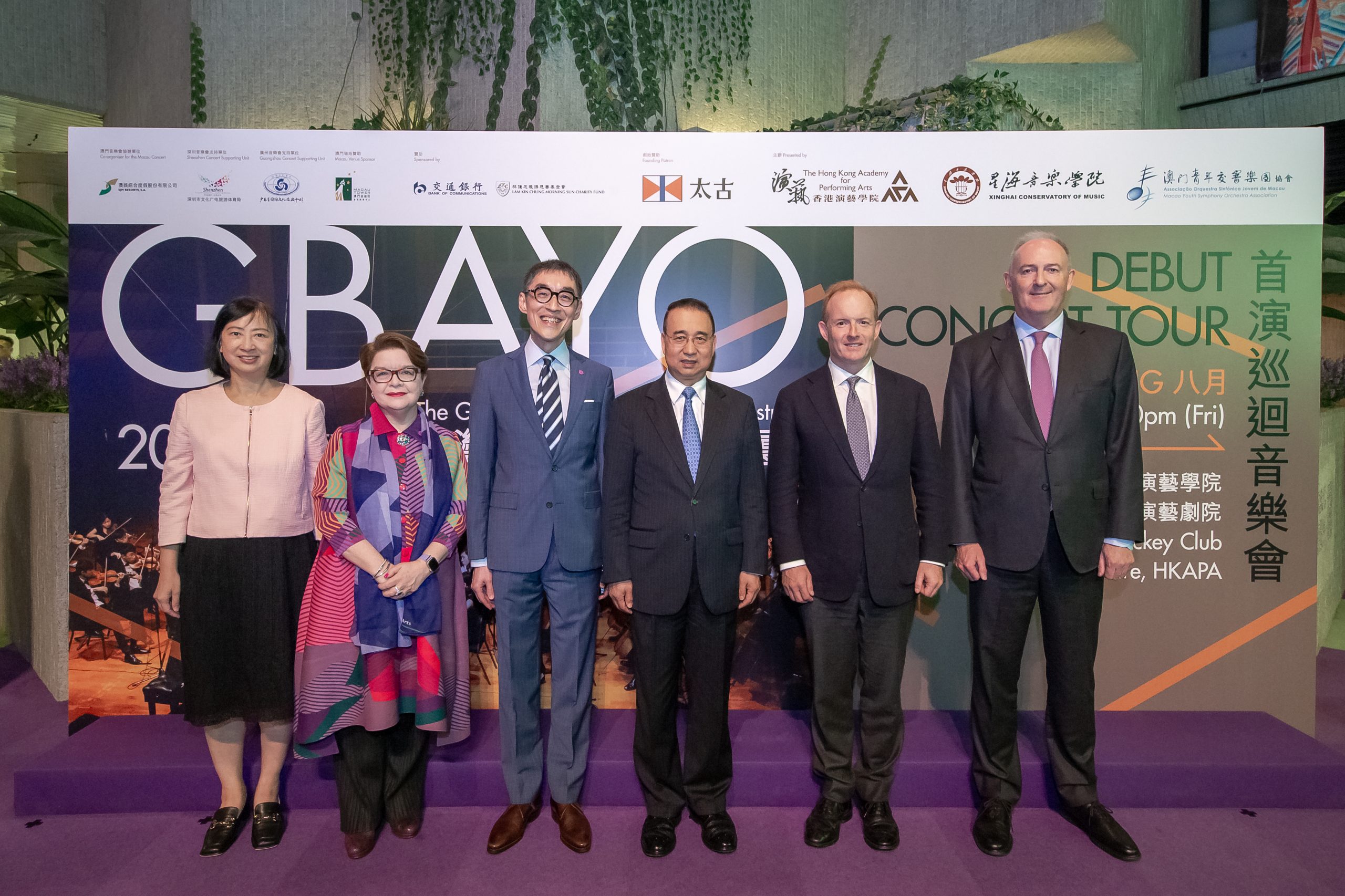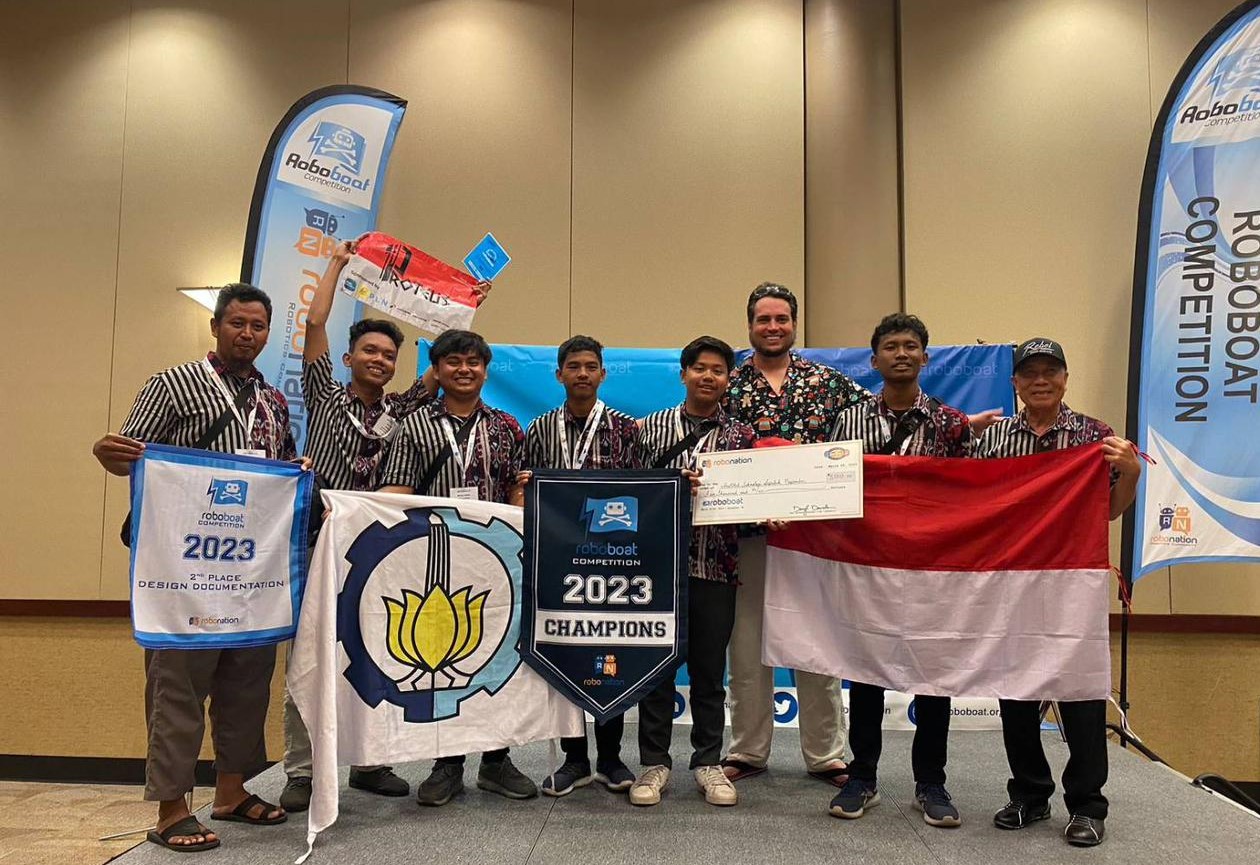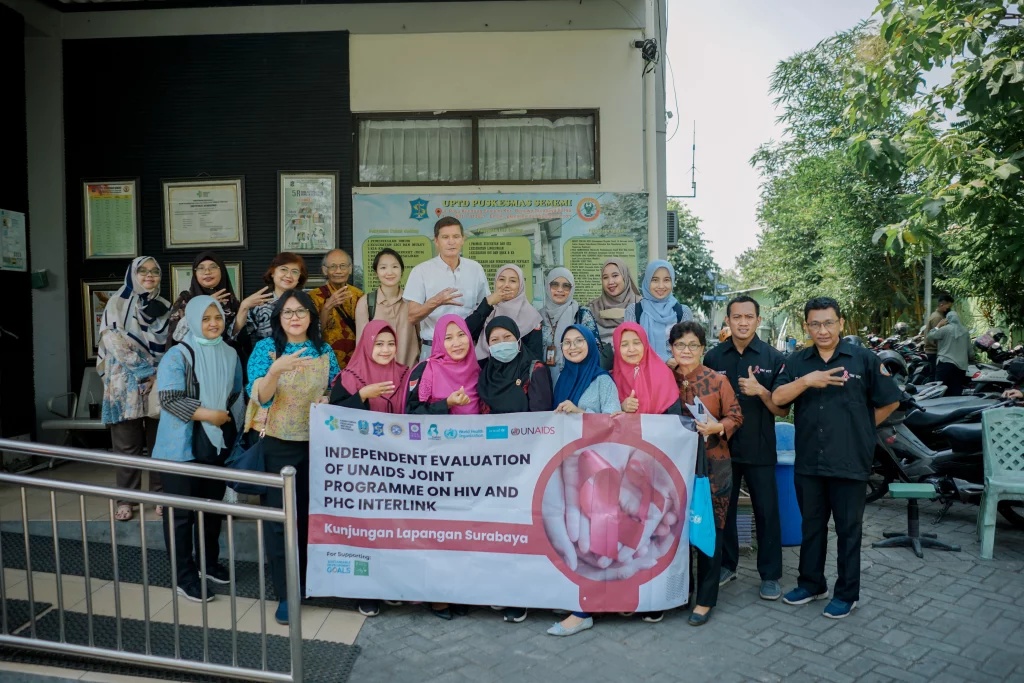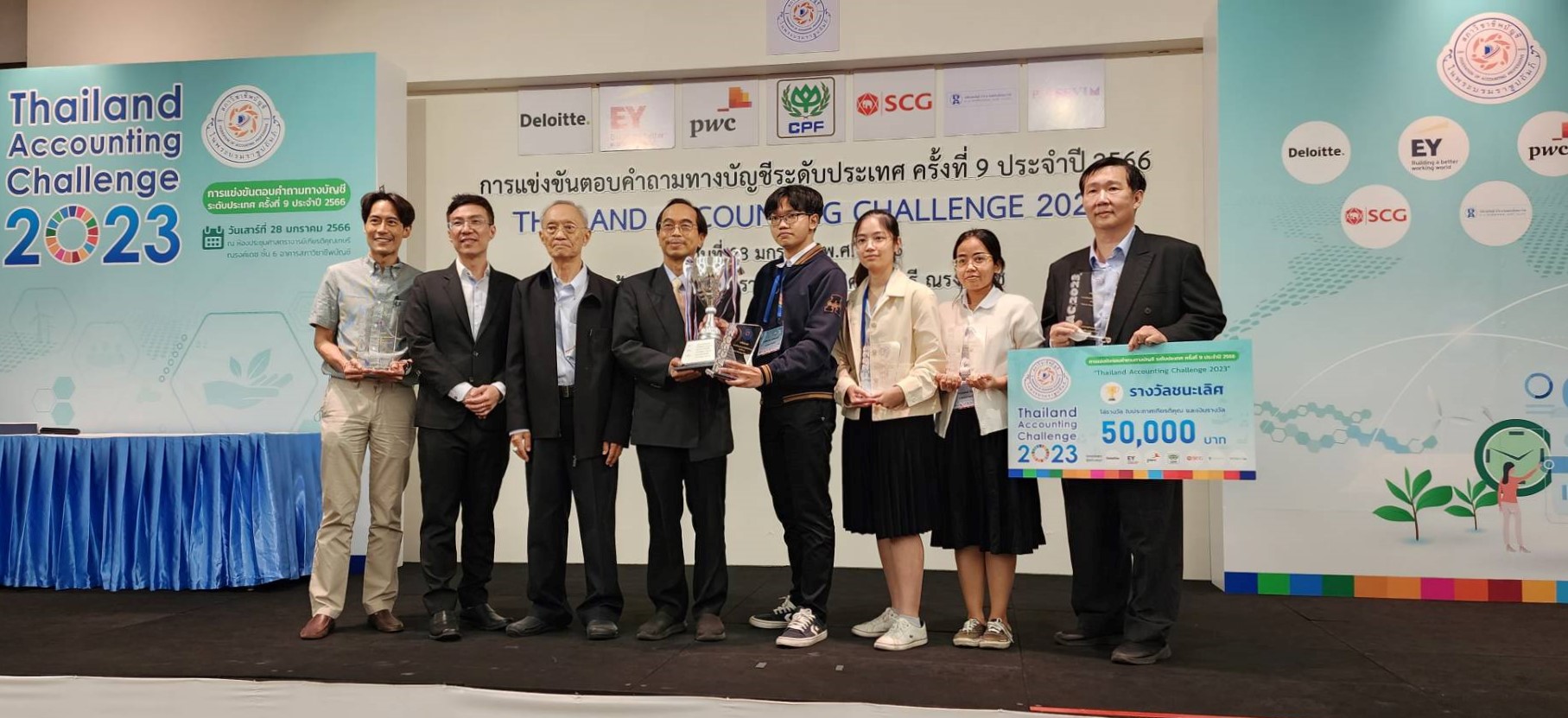Japan’s declining population will leave it with 20 percent fewer undergraduates by 2050. What are the challenges the country would face as it tries to close this widening gap? Eugenia Lim reports.
The Japanese government’s latest forecast of college student enrolment casts a gloomy pall over the future of its universities.
In 2050, the number of Japanese students entering universities is expected to fall about 20 percent to around 490,000 from 630,000 in 2022 according to Japan’s education ministry. This could have serious implications for institutions that rely on enrolment fees for income.
Japan’s declining birth rate hold the blame, with the population of 18-year-olds projected to dip to about 790,000 in 2050, down from the 1.1 million range in recent years.
It is the first time the Japanese government has published the enrolment estimation, which in turn has triggered talk of possible solutions for its higher education institutions to stay competitive. With over 800 universities, many will either merge or be forced to significantly reduce enrolment capacity or shut.
Colleges will also have to look beyond their shores. In March 2023, the Japanese government announced an ambitious goal to get 400,000 international students into the country by 2033, effectively doubling their current cohort within ten years.
Achieving that target will require a delicate balance of maintaining quality education standards and opening its doors to the world.
Language competency
Japan has the infrastructure to provide high quality university education at a relatively affordable price point, but it ranks among the lowest in the Asia Pacific in both the International Faculty and International Student Scores according to the 2023 QS World University Rankings.
A big part of that problem is language competency, says Professor Akiyoshi Yonezawa who is Vice-Director, International Strategy Office at Tohoku University.
He explains that even with Japan’s strong tradition of post-doctoral studies, the country lacks enough academics who have training in the English-speaking education system. “Most of our Japanese top faculties are trained inside Japan, so they don’t really know how to write in English and how to get a grant from the English-speaking system, so that is a very big challenge,” he says.
The problem is more pronounced in areas such as the humanities and social sciences where the language barrier is even more challenging to overcome with qualitative research.
Professor Yonezawa says one of the key priorities for many universities is to address the need for more teachers to teach in English and to provide wider instruction of the English language.
The majority of undergraduate programs in Japan are provided in Japanese, so it is slim pickings for those who do not know the language. While there is currently fewer than 100 undergraduate courses offered in English, there are plans to double that number to attract more foreign students. However, even this may have its limitations.
“We need to transform this structure into a more internationally competitive, acceptable structure,” says Professor Yonezawa pointing to the employability concerns. “If you choose [the] English medium instruction, it is very difficult to get a job in a Japanese company- that is a dilemma.”
More internationally competitive
Language is but one issue at hand. Japanese universities also tend to lack the expertise and capabilities needed to meet their goal of attracting more international students.
“There isn’t any professional position recognised as an international education administrator in Japan,” says Professor Keiko Ikeda, the Vice-Director of the Institute for Innovative Global Education at Kansai University.
Professor Ikeda is also the principal project manager for the Inter-University Exchange Project funded by Japan’s education ministry. The project was developed to nurture Japanese students to work on the international stage and strengthen the global development of the country’s university education.
“International education is getting more complicated, with world affairs requiring more knowledge and skills competency to connect and partner with different stakeholders,” says Professor Ikeda.
More expertise has to be built, she explains, from all parties involved in the international education system, including “faculty, the staff, the senior international officers, senior administrator levels, all the way from the bottom to the top” in order to meet the government’s target.
This has to go hand in hand with diversifying international student recruitment in areas of study. “Japan used to have more of a pull for people who love its language, food and culture,” she says, stressing that more effort must be employed to attract students in areas such as STEM instead.
In order to do so, Japan must also look to other source countries as part of its student recruitment strategy.
Students from China and Vietnam accounted for over 67.5 percent of the total number of international students in 2021. Professor Yonezawa says plans are underway to widen its recruitment of students to Australia, South Asia, and Africa.
Changing mindsets
Another, perhaps more pressing challenge, is addressing the mindset shift needed to prepare Japan as a country that welcomes more international students. The government will have to juggle current needs and expectations of the public, while working on efforts to gear up for the future.
“We have [had] a mindset that we don’t have enough space, opportunity for Japanese citizens for a long time,” says Professor Yonezawa. “The government’s attitude is to first of all meet the learning needs of the Japanese citizens. Even now in public universities, a minority are overseas students.”
Latest data from Japan Student Services Organisation (JASSO) shows that there were 242,444 international students, including Japanese language institute students in 2021. That is down from the 2019 pre-pandemic peak of 312,214, in a nation with close to three million university students.
As recently as February 2023, a government panel of experts proposed that universities in Tokyo’s densely populated 23 wards be allowed to increase their enrolment capacities as a temporary measure. Specifically, the panel called for allowing such increases for information technology-related faculties as part of efforts to nurture talent.
At the same time, the government’s gloomy 2050 enrolment forecast cannot and should not be ignored.
Professor Yonezawa notes the government’s efforts to send out more students including doctoral students abroad, but “this may change our landscape 10 years later, 20 years later”, he says.
However, time is of the essence. The survivors of this existential crisis will be determined by their ability to ramp up language competencies, build their academics and administration’s capacity to welcome international students, and how quickly it can be done.
“They can’t wait for 10 years,” says Professor Ikeda, “I think this has to take place immediately.”
This article was from the QS Insights Magazine, Issue 7. Read the full edition.




